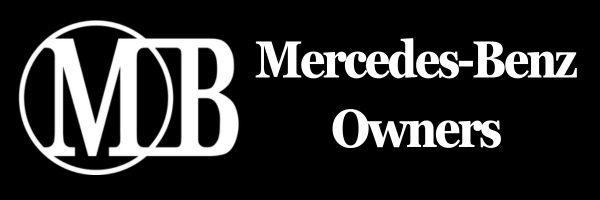JonH
New Member
Can anyone shed any light on this problem...
My '53 plate ML 500 has developed an awful squeeling noise when braking at slow speed - it got so bad I had it in today to have new pads fitted even though they were not needed yet in case it may solve the problem but the noise has got worse!
Help??
My '53 plate ML 500 has developed an awful squeeling noise when braking at slow speed - it got so bad I had it in today to have new pads fitted even though they were not needed yet in case it may solve the problem but the noise has got worse!
Help??
